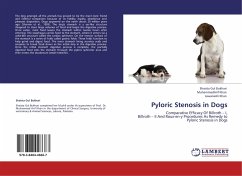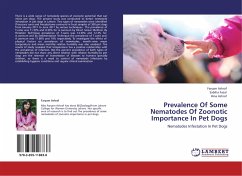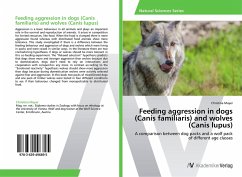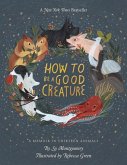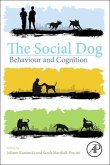The dog amongst all the animals has proved to be the man's best friend and faithful companion because of its fidelity, loyalty, obedience and pleasant disposition. Dogs appeared on the earth about 20 million years ago (Sharma et al., 1993). The dog's stomach is a sac-like structure designed to store large volumes of food and begin the digestive process. Once eaten, most food leaves the stomach within twelve hours after entering. The esophagus carries food to the stomach, where it enters via a valve-like structure called the cardiac sphincter. On the interior surface of the stomach is a series of folds called gastric folds. These folds function to help grind and digest food. The inner stomach lining secretes acids and enzymes to break food down as the initial step in the digestive process. Once the initial stomach digestive process is complete, the partially digested food exits the stomach through the pyloric sphincter area and then enters the duodenum (small intestine).
Bitte wählen Sie Ihr Anliegen aus.
Rechnungen
Retourenschein anfordern
Bestellstatus
Storno

